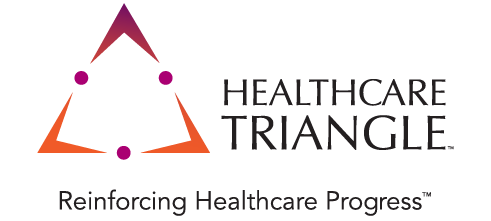Plan Now for New Electronic ADT Notification Requirements
New Requirements
The Centers for Medicare and Medicaid Services (CMS) final Interoperability and Patient Access Rule creates a new Condition of Participation (CoP) that requires hospitals, psychiatric hospitals, and Critical Access Hospitals to share electronic Admission, Discharge, Transfer (ADT) event notifications with other providers and systems so that providers including post-acutes have at their disposal the most up-to-date and accurate information about their patients as it relates to admissions and ED visits. The compliance requirement goes into effect May 1, 2021 and CMS will begin enforcement of the requirements on July 1, 2021.







